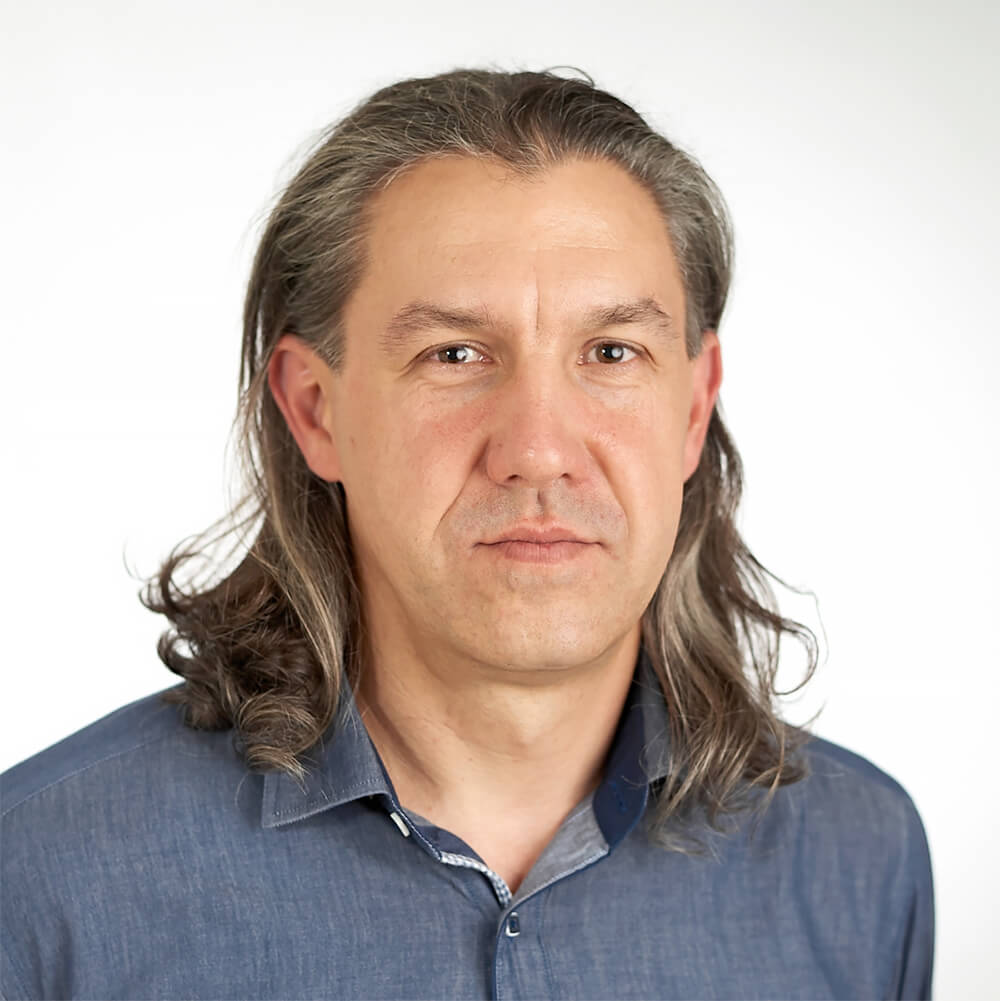Tomáš Neuwirth was born in Czech Republic in 1972. He is a freelance photographer specializing in drone photography. A major milestone in his life was the year 1995, when he began to devote himself to paragliding. As a pilot, he was fascinated by taking pictures of the bird's eye, then still on the 35mm film camera. The following year, he moved to the USA. His stay here after three and half years ended the paragliding incident and with serious injuries of the spine he returned to the Czech Republic. He then spent eight months in a sanatorium, learned not only to walk again, but also met his future wife Gabriela.
Capturing of aerial footage continued to attract him. And with the advent of unmanned systems, new possibilities were opened. His first drone he folded in 2011, it was a kit. However, the desired shots were made by commercially produced drones in the following years.
Today, Tomáš is involved in drone and classical photography professionally. By selecting extraordinary places and post-production processing, he is trying to shift drone photography to the next level. From capturing landscapes to a Fine Art expression. He received many awards from international competitions. In 2019 he succeeded to win with in the prestigious contest MIFA - Moscow International Fotography Awards (Nature Photographer of the Year). In the same year, The Independent Photographer Magazine included his image among the TOP 10 Most incredible landscapes from across the planet. And ranked him in the selection Talents of the Year 2018/2019. He was also nominated for a Personality of Czech Photography.
Statement
I generally regard art as a form of self-expression. An opportunity to share own opinion, own perception of the world, with others. Photography has become my means of expression. Its strength is in capturing a given moment - a unique, unrepeatable moment. Everything is different in a second.
I focus mainly on drone photography which, by its very nature, is predestined for landscape, long-distance views, great depth of field etc. From the perspective of the photographer, there are fewer possibilities for artistic expression. Therefore it depends very much on the choice of location and how to capture it. I, therefore, try to find unusual locations - often places that do not seem that interesting on the first impression. However, a bird's eye view gives them a whole new dimension.
